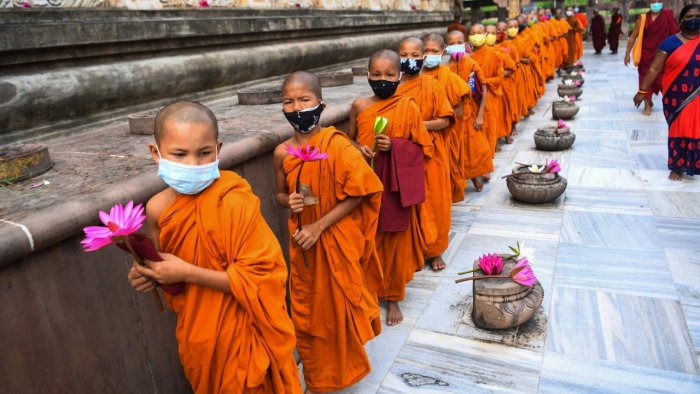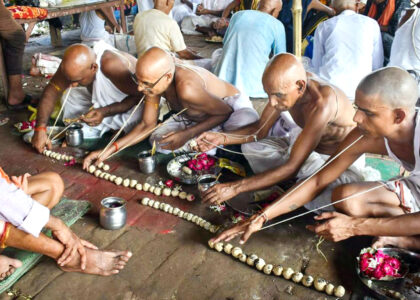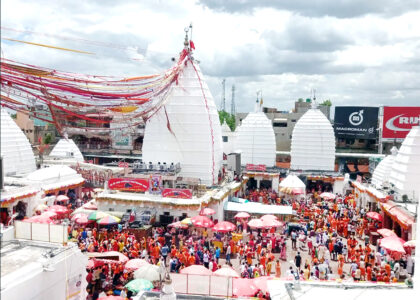Bodh Gaya is a Buddhist pilgrimage site in Gaya District of Bihar. Famous for the Mahabodhi Temple, It was here under the Bodhi tree that Gautama Buddha attained enlightenment.
Bodh Gaya, located in the central province of Bihar State is one of the holiest sites for Buddhists all over the world where thousands of foreigners mostly Buddhist devotees throng each year.
Under the sacred pipal or Bodhi tree, Gautama Buddha (Prince Siddhartha) attained enlightenment and became the Buddha. It is believed to be the centre of the universe according to some Buddhist texts and the seat of enlightenment of all past and future Buddhas.
In the 3rd century BCE, a simple shrine was built by the emperor Ashoka to mark the spot, and this was later enclosed by a stone railing in the first century BCE, part of which still remains.
Ashoka’s stone slab purporting to mark the exact position where the Buddha sat is traditionally called the Buddha’s Vajrasana (literally “diamond throne” or “thunder seat”).
In the 2nd century CE, the shrine was replaced during the Kushan period by the present Mahabodhi temple which was itself refurbished in the Pala-Sena period (750-1200), heavily restored by the British archaeologist Sir Alexander Cunningham in the second half of the 19th century, and finally restored by Myanmar (Burmese) Buddhists in 1882.
The temple’s central tower stands 180 feet (54 metres) above the ground. Its pyramidal shikhara (tower) comprises several layers of niches, arch motifs, and fine engravings. Four towers, each identical to its central counterpart but smaller in size and topped with an umbrella-like dome, adorn the corners of the two-story structure.
A shrine inside the temple holds a yellow sandstone statue of the Buddha encased in glass. One of the most famous of Ashoka’s many pillars (on which he had engraved his edicts and his understanding of religious doctrine) stands at the southeast corner of the temple.
The 4.8-hectare (11.9-acre) complex also includes ancient shrines and modern structures built by Buddhist devotees. It was recognized as a UNESCO World Heritage site in 2002.





